10 Animals That Look Adorable But Are Actually Deadly
Appearances can be deceiving in the animal kingdom. Some of the most charming creatures harbor hidden dangers beneath their cute exteriors. These seemingly innocent animals possess surprisingly lethal traits. In this article, we explore the unexpected risks of encountering these adorable faces.
Humans

Credit: Getty Images
No other species has reshaped the planet and caused more destruction than humans, who are responsible for wars, deforestation, and pollution. Unlike animals that kill for survival, humans harm for power, greed, and conflict. Plus, with their advanced technology and weaponry, they remain the most dangerous creatures. Even without weapons, fists, teeth, and unpredictable tempers can cause harm.
Stingray
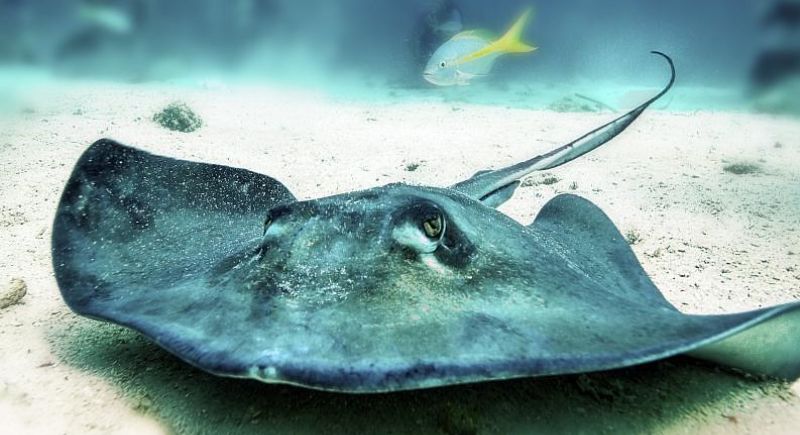
Credit: flickr
A stingray resting on the ocean floor looks peaceful, but stepping too close can turn that calm moment into danger. Their sharp, venomous barbs inject toxins that cause extreme pain and, in rare cases, fatal injuries. Although stingrays don’t seek conflict, a startled one may lash out with a powerful strike capable of puncturing organs or muscles.
Rat
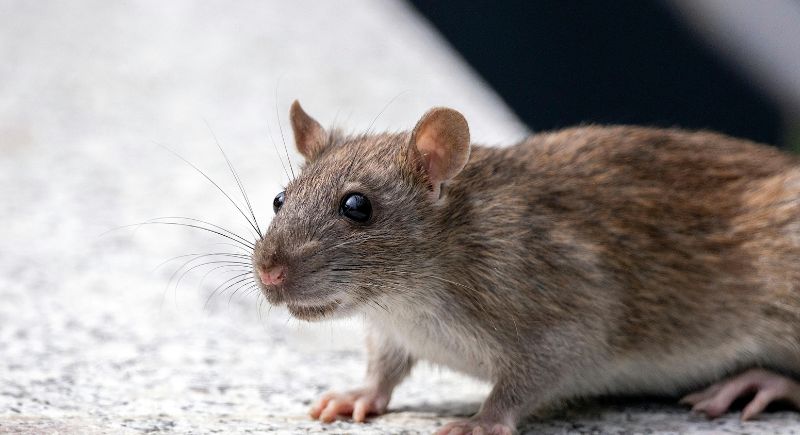
Credit: pexels
Scurrying through cities and sewers, rats spread disease faster than most animals and even have the ability to infect humans with leptospirosis, hantavirus, and bubonic plague. Their sharp teeth gnaw through wires, wood, and concrete, so they’re a lot more destructive than they appear. While they rarely bite, their presence in homes brings major health risks, as their droppings contaminate food and water supplies.
Dolphin

Credit: Getty Images
Charming and intelligent, dolphins have a reputation for being friendly, but they display aggressive behavior toward humans and other marine life. In the wild, they attack porpoises by ramming them at high speeds, sometimes fatally. Powerful jaws and sharp teeth make them capable of inflicting serious wounds, especially when they feel threatened, frustrated, or overstimulated.
Mute Swan

Credit: Getty Images
Mute swans have an aggressive nature that surprises those who dare to get too close. During nesting season, they attack with strong wings that break bones and knock over unsuspecting intruders. By hissing and chasing anything that enters their territory, they turn from graceful birds into relentless defenders of their nests and young.
Beaver
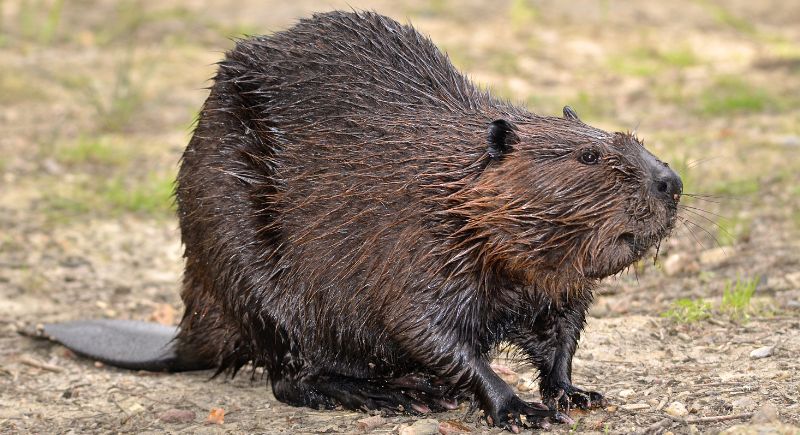
Credit: Getty Images
A beaver’s powerful teeth can slice through more than wood. When provoked, these semi-aquatic mammals lunge at threats with surprising speed, using razor-sharp incisors to inflict deep wounds. Though they prefer to avoid conflict, they don’t hesitate to bite when feeling cornered or attacked.
Tasmanian Devil
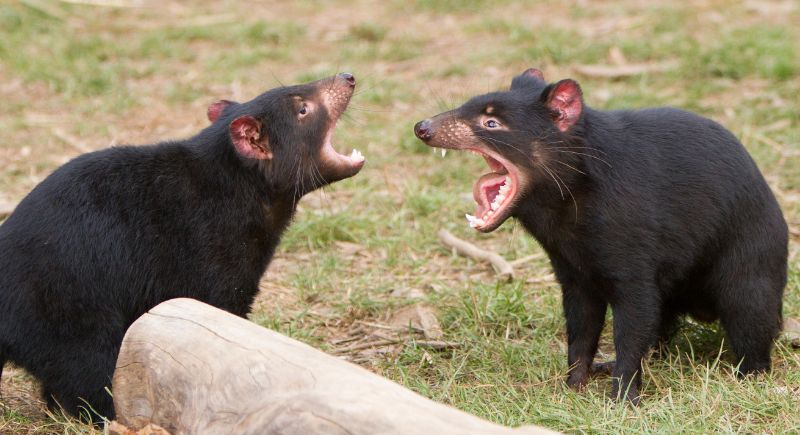
Credit: Getty Images
The Tasmanian devil looks less threatening than it actually is with its small, stocky frame and round ears. With one of the strongest bites for its size, it crushes bones with ease and devours prey, fur, and all. When startled or competing for food, it lets out an ear-piercing scream before clamping down with incredible force.
Anteater
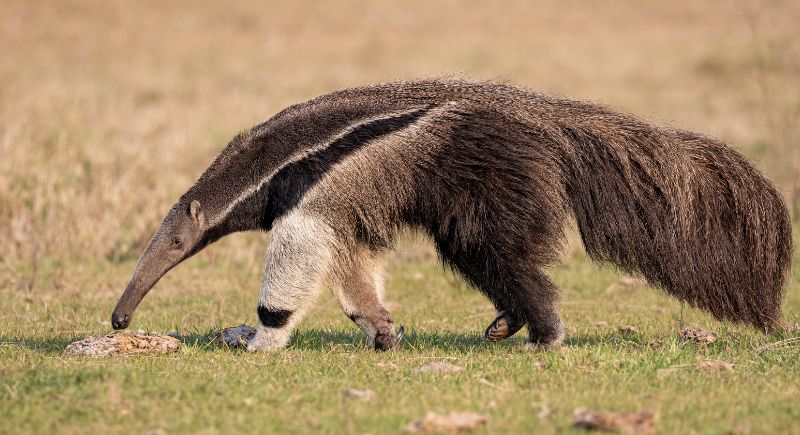
Credit: Getty Images
With a long nose and incredibly slow movements, an anteater doesn’t look like a predator, but its sharp claws make it a serious threat. Strong forelimbs can rip open termite mounds and, if needed, slash into attackers with deadly precision. Jaguars and pumas hesitate before attacking one, knowing that a single swipe can cause fatal wounds.
Slow Loris
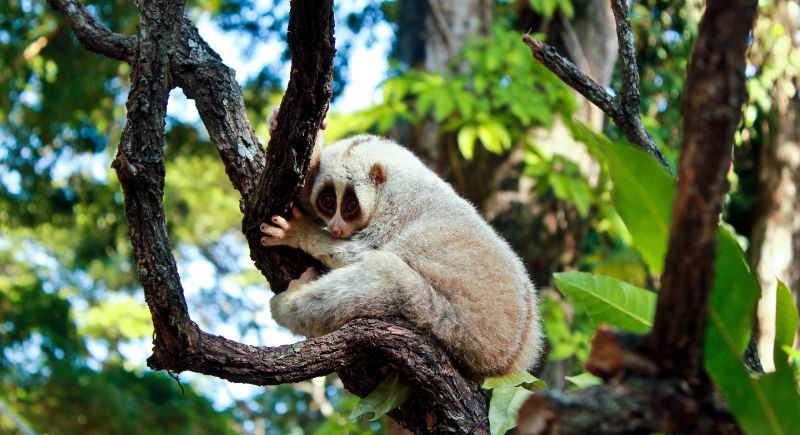
Credit: Getty Images
The Slow Loris has big, round eyes that give it an innocent expression, but this small primate produces venom from a gland near its elbows. Licking their fur or biting a threat allows them to transfer the toxin and subsequently cause painful swelling, paralysis, or anaphylactic shock in humans. They move cautiously, but their defense mechanisms are nothing to underestimate.
Pufferfish
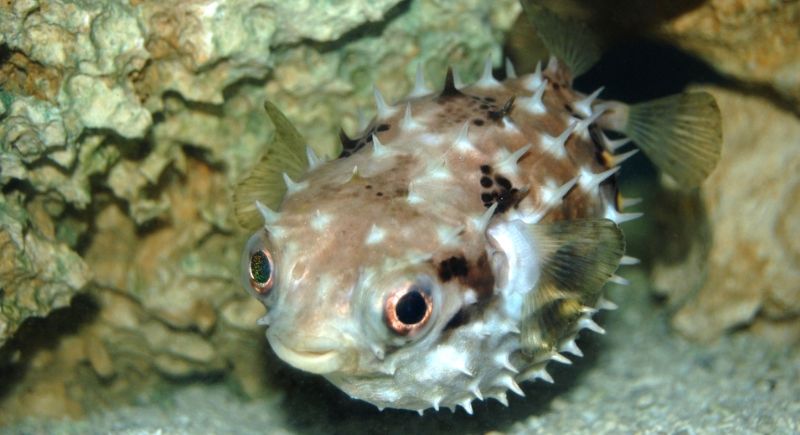
Credit: Wikimedia Commons
A tiny pufferfish swimming through coral reefs has the ability to inflate into a spiky, balloon-like sphere. Inside its organs, a potent neurotoxin called tetrodotoxin is deadly even in small amounts and can paralyze muscles and stop the heart. Even expert chefs risk poisoning themselves when preparing this delicacy, as no antidote exists for its lethal venom.
Panda Bear

Credit: Getty Images
Pandas may seem like oversized teddy bears, but they possess the strength of any wild bear. Their sharp claws and powerful jaws allow them to defend themselves with surprising force. They rarely attack humans, but their bite pressure rivals that of a black bear, and thus makes them more dangerous than they appear.
Komodo Dragon
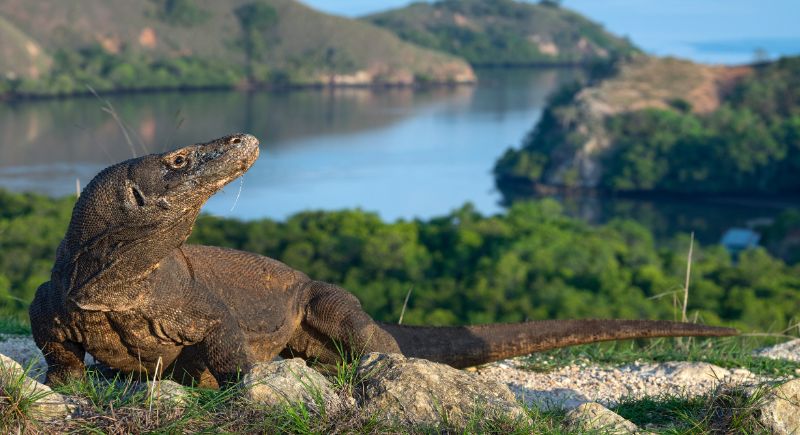
Credit: Getty Images
Lumbering across the Indonesian islands, Komodo dragons are ambush predators that overpower prey with venomous bites. Their serrated teeth cut deep and allow toxins to enter the bloodstream, which then causes rapid blood loss and paralysis. They’re even able to take down deer and water buffalo.
Wolverine
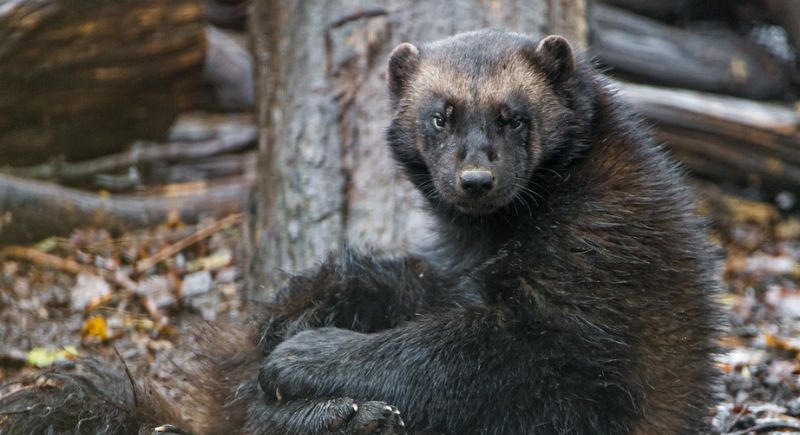
Credit: flickr
A wolverine can fight an animal twice its size by tearing into them with unrelenting force. Their thick fur and muscular build make them nearly impossible to kill, and their aggression drives away wolves, bears, and mountain lions. Their strong jaws are even capable of biting through frozen meat.
Raccoon
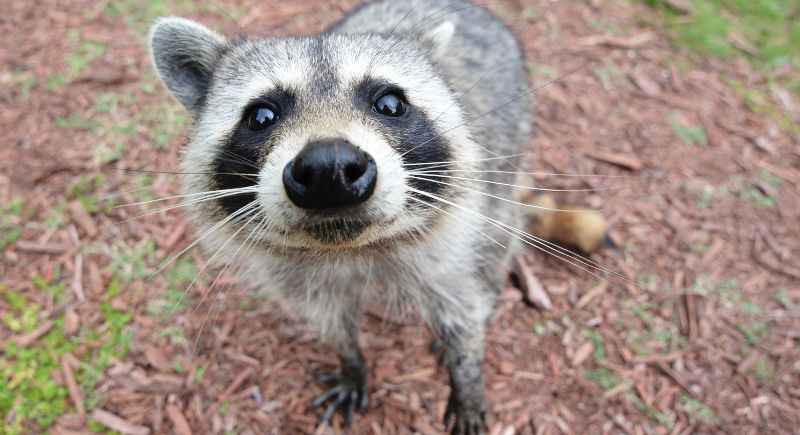
Credit: Wikimedia Commons
While rummaging through trash, a raccoon looks more mischievous than menacing, but the diseases it spreads make it dangerous. These animals carry rabies, roundworms, and leptospirosis and infect humans through bites, scratches, or contaminated surfaces. Their intelligence allows them to escape traps and break into food supplies.
Blue-Ringed Octopus
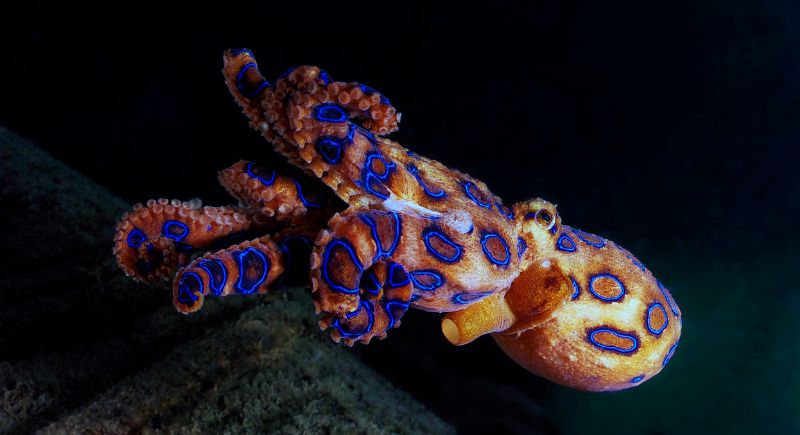
Credit: Getty Images
You may find it mesmerizing to look at a blue-ringed octopus flashing its iridescent markings; however, those glowing rings serve as a final warning. Its venom contains tetrodotoxin, a powerful neurotoxin that causes paralysis and death in minutes. Despite its small size, this marine predator holds enough venom to kill multiple humans, with no known antidote to counter its effects.